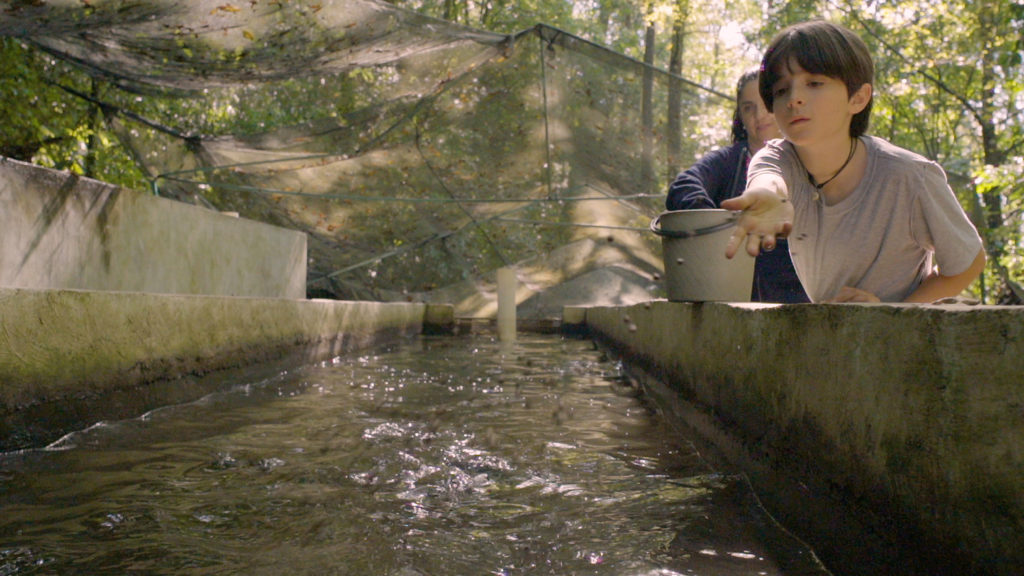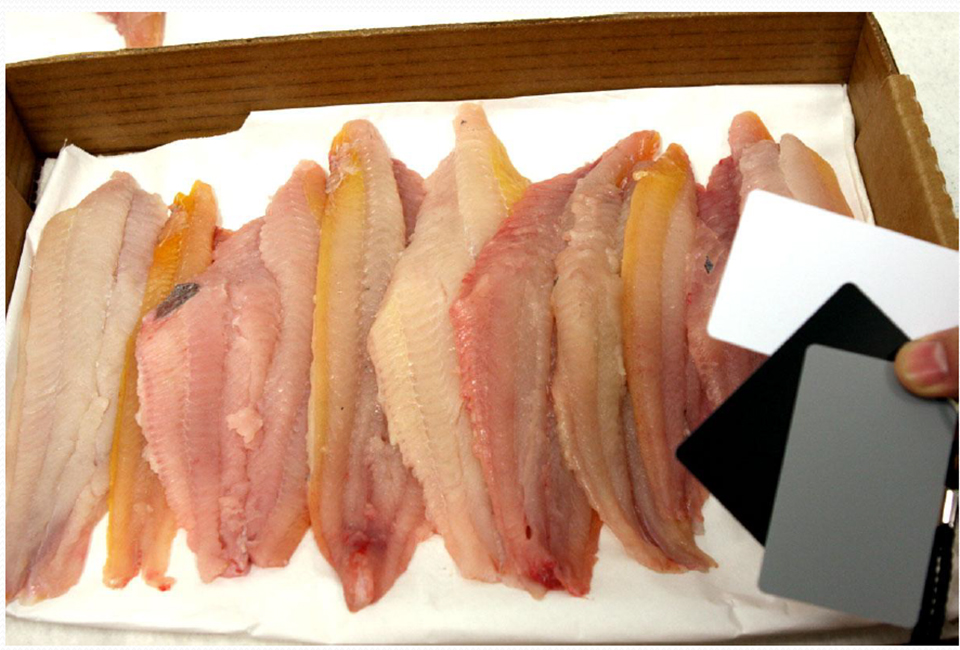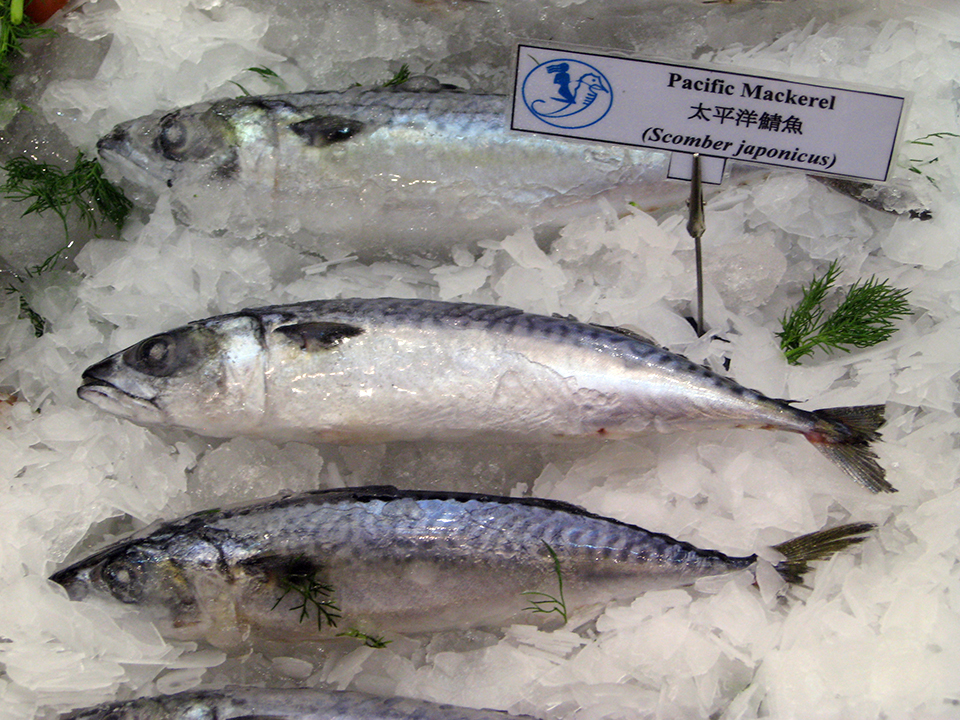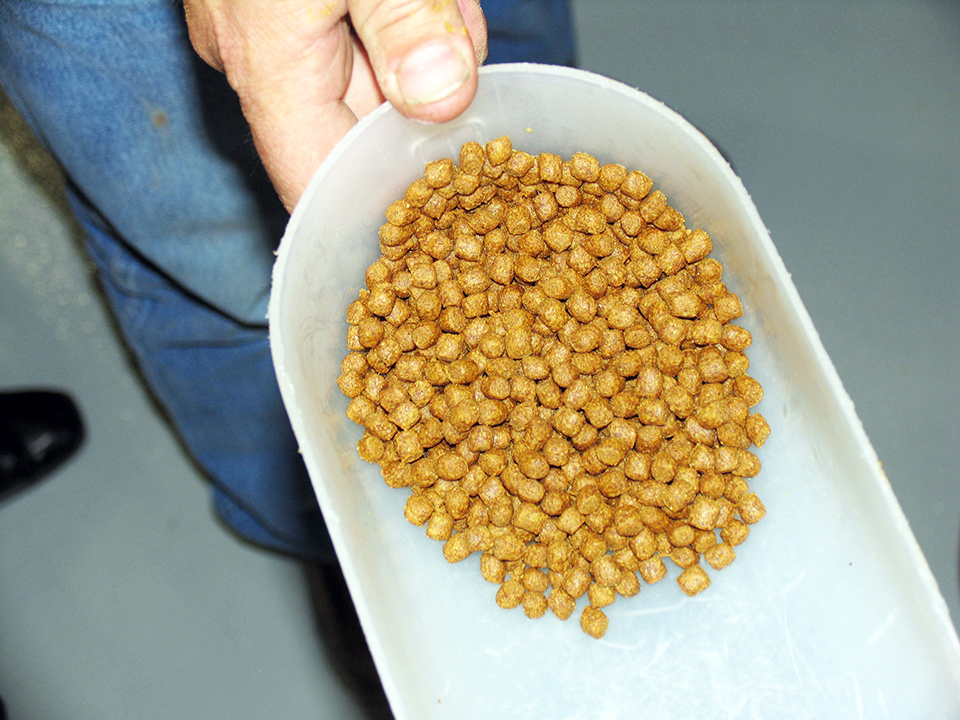Hardy species can tolerate varying water quality conditions

Although farmed extensively in ornamental rearing units in Thailand and Europe, yellow catfish (Horabagrus brachysoma) have evaded farmers’ attention in the fish’s native states. Popularly known as the golden red Thai catfish, this species is endemic to the inland waters of two southern states in India: Kerala and Karnataka. Much of the stock is distributed in the rivers, estuaries, associated wetlands, and paddy fields of Kerala.
A small-scale fishery for this species has operated for the past few decades in the vast Vembanad Lake and its associated backwaters in Kerala, where individual catfish ranging 160 to 300 mm are caught and marketed live as food fish. Only recently have the bright-yellow fingerlings of this catfish generated international attention as ornamental fish. They are traded on a large scale in southeast Asia and Europe.
Captive breeding
Pioneering work conducted by researchers at the National Bureau of Fish Genetic Resources in collaboration with the Regional Agricultural Research Station of the Kerala Agricultural University has resulted in the development of a captive breeding technology for yellow catfish. The species is also induced to breed on a large scale in Thailand by hobbyists using pituitary extracts. A few entrepreneurs produce yellow catfish seedstock in Kerala for supplying the international trade.
Rearing and husbandry
Studies conducted by the author at the aquaculture laboratory of St. Albert’s College in Kochi, Kerala, India showed that managing yellow catfish in captivity is not difficult. The fish are rather shy during the day and so should be provided with plenty of hiding places in the form of driftwood, PVC pipes, or other material suitable as shelter. Fry, fingerlings, and juveniles are active and shoal, while larger adults are generally more lethargic and appear solitary.
Yellow catfish are hardy and tolerate varying water quality conditions. Fingerlings respond well to water with pH of 6.5 to 7.5, low or medium hardness, and temperatures of 26 to 28 degrees-C. During laboratory trials, the author observed that growth and feeding response were higher in rearing water with 5-ppt salinity.
Feeding strategies
The diets of yellow catfish in the wild consist of crustaceans, fish, and benthic organisms. Studies on the fish’s feeding behavior and growth response showed that fingerlings responded well to both natural and formulated diets, and achieved good growth. The fish could be generally termed piscivorous predators, as highest growth was achieved among the fingerlings fed live tilapia fry as prey. This behavior has also been observed by hobbyists who maintain yellow catfish in home aquariums.
A semimoist diet prepared using fish and prawn meat elicited a higher feeding response and growth than commercial or laboratory-prepared pellets. Results from the author’s lab also indicated that the attractiveness of the diet regarding texture, size, and shape was an important factor that influenced feed intake and subsequent growth. Trials are now under way to determine the digestibility of locally available ingredients by fry and fingerlings, and establish protein requirements for the species for the development of formulated pelleted diets.
Commercial prospects
Considering the high market demand in both local and international markets, there seems to be significant potential for commercializing technologies for the seed production and farming of yellow catfish in Kerala. Two farming systems could be promoted: extensive systems to produce large adults of over 200 g for the local food market and intensive systems for fattening and value addition of fry and fingerlings for the demanding global ornamental trade.
Large earthen ponds, smaller homestead ponds, coconut channels and polders, and rice-fish farming systems – all of which are available in large areas in Kerala – would be ideal systems for producing table-sized fish. Small floating cages made of locally available, low-cost materials could also be used.
Yellow catfish are suited for monoculture as well as polyculture. Same-size individuals of native barbs and cichlids could be raised with yellow catfish in ponds or cages. Some of the candidate species include Labeo dussumieri, Puntius sarana and Etroplus suratensis, which are locally available sought-after table fish.
Based on their euryphagous feeding habits, H. brachysoma are also suitable for incorporation into integrated farming systems in the region. Another attractive proposition would be to use yellow catfish in predator-prey culture systems using tilapia or other weed fish as forage species.
The international ornamental industry demands brightly colored fingerlings of 3.8- to 5-cm length. An intensive and vertically integrated ornamental fish-rearing unit consisting of broodstock ponds, seed production centers, and fry- and fingerling-rearing units complete with transportation and marketing facilities could be set up to supply fingerlings for the international markets. In addition, small-scale household systems could also take up seed production of this catfish for supplying fry to both the food and ornamental production systems.
The growing demand for yellow catfish could justify setting up commercial farming systems in Kerala. Attention from government agencies as well as entrepreneurs is needed to develop the culture of this species, which could generate employment in rural communities of the region in addition to valuable foreign exchange.
(Editor’s Note: This article was originally published in the June 2006 print edition of the Global Aquaculture Advocate.)
Now that you've reached the end of the article ...
… please consider supporting GSA’s mission to advance responsible seafood practices through education, advocacy and third-party assurances. The Advocate aims to document the evolution of responsible seafood practices and share the expansive knowledge of our vast network of contributors.
By becoming a Global Seafood Alliance member, you’re ensuring that all of the pre-competitive work we do through member benefits, resources and events can continue. Individual membership costs just $50 a year.
Not a GSA member? Join us.
Author
-
Rajeev Raghavan
Department of Aquaculture
St. Albert’s College
Kochi 682 018
Kerala, India[109,111,99,46,108,105,97,109,116,111,104,64,113,97,114,118,101,101,106,97,114]
Tagged With
Related Posts

Intelligence
A motive, and a market, for farmed fish in Mexico
Boasting ample areas for aquaculture and a robust domestic demand for seafood – not to mention its close proximity to the U.S. market – a land of opportunity lies in Mexico. Fish farming is primed to meet its potential south of the border.

Innovation & Investment
Assessing coloration in channel catfish fillets
Because consumers look at color to gauge quality of catfish fillets, the authors developed a digital photography measurement method to assess yellowness.

Intelligence
Byproduct utilization for increased profitability, part 1
Protease enzymes are important industrial enzymes that have diverse applications in food, leather, silk and the agrichemical and pharmaceutical industries. Fish are considered one of the richest sources of proteolytic enzymes.

Intelligence
Byproduct utilization for increased profitability, part 5
Fish protein hydrolysates have been used in the food industry for the development of antioxidants, emulsifiers, flavoring agents, anti-bacterial agents and feed. As natural products, they have a growing acceptance, since natural products are preferred by some consumers over industrial products.


